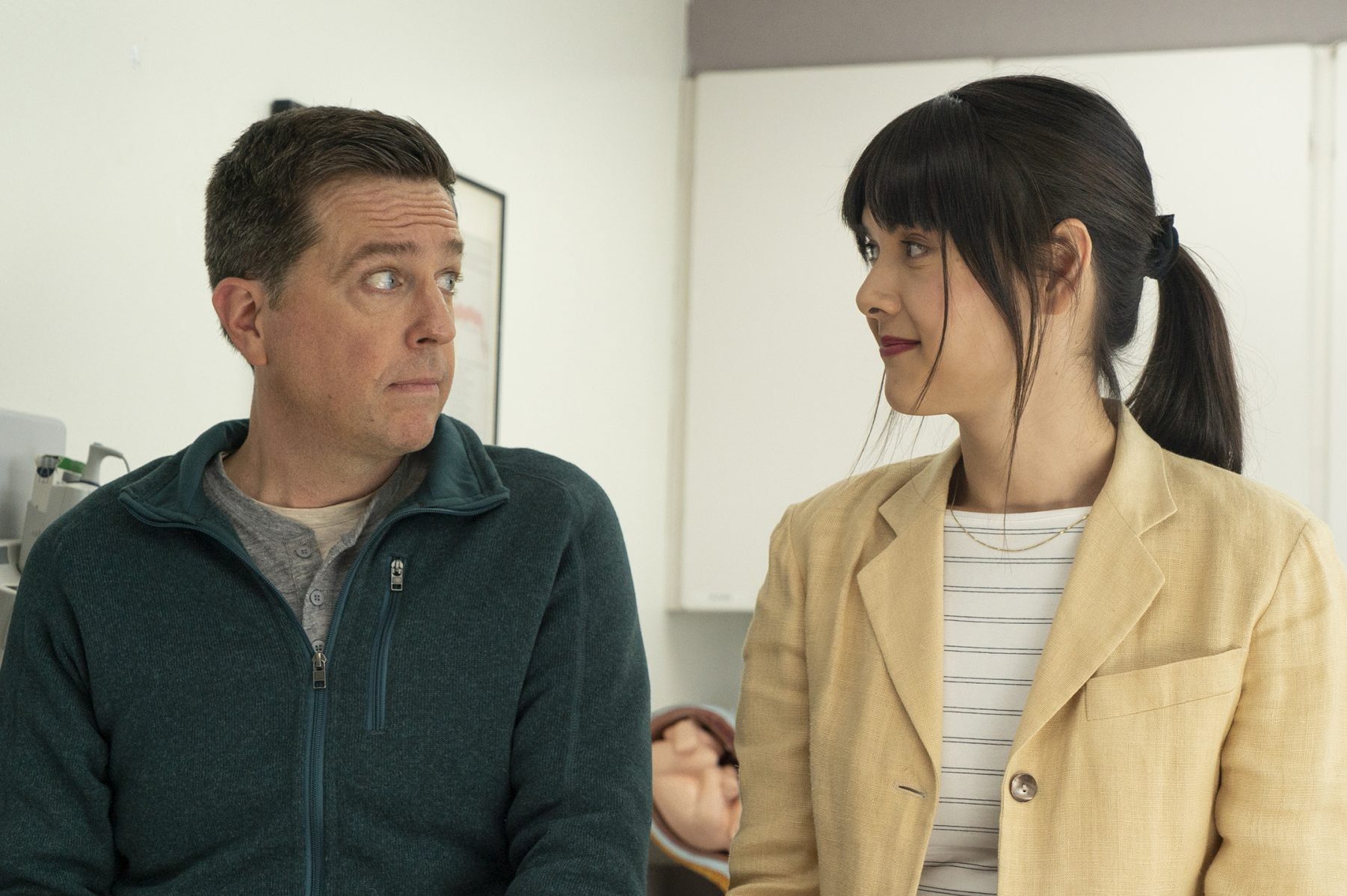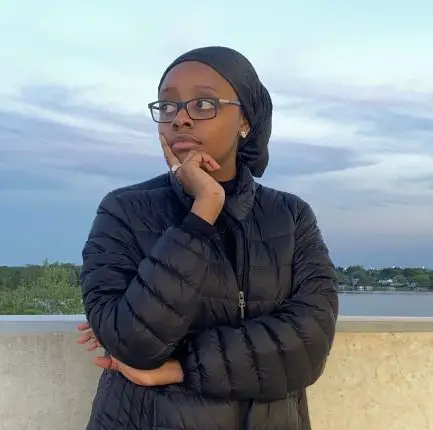Whether single men and women can be “just friends” has been a question of debate for a long time. Through the depiction of the common friends-to-lovers trope in literature and cinema, many assume that platonic intimacy is more far-off than not. When two friends have a deeper bond than traditional friendships permit, speculation tends to arise. Either one party harbors a secret crush, or the pair engage in a clandestine affair under the pretense of camaraderie. “Together Together” offers a different narrative in the most wholesome and clever way.
The story follows Matt and Anna. The latter is a young loner tasked with being a surrogate, and the former is a middle-aged man who wants a child. Their unprecedented connection takes them and the audience through their relationship journey. The movie is broken down into trimesters and plays as a good novel would — with the acts of the movie playing out like chapters of a book.
The first trimester explores their very conspicuous differences in personalities and opinions. Matt tries to form a connection with the baby while Anna tries to distance herself from the growing fetus. To her, the surrogacy is a kind deed she can do to be able to afford school but to Matt, this is his chance at a family of his own and maybe an opportunity to make a new friend. They grow distant at Anna’s volition, but their friendship is inevitable.
During the second trimester, the opening-up begins. Matt and Anna move from clinically objective interview questions to introspective ones. They are creatures of habit when it comes to curiosity. They each want answers to the questions they’ve asked each other — one being, “Why are you alone?” Matt’s answer is simple. He is alone because he is alone. Being right in the middle of settling down and holding on to the remnants of his youth is not what he wants to spend the rest of his life doing.
The people in his life either remind him of what he wants but doesn’t have — the settled individuals — or what he has but doesn’t want — the single individuals. He would like to move forward, and the first step is getting a family. Anna’s response is her age. Matt asks about her relationship with her family to which she explains that she’d rather not surround herself with people who look at her like everything they regret in one person. Their conversation succeeds in accomplishing two things: moving forward and removing the lids from already open jars.
The third trimester is the last one. People’s perceptions of the two are nothing compared to their newly born perceptions of each other. What they have is the boring kind of love where their love is barely said out loud, let alone proclaimed for the world’s acceptance. The child arrives and Matt is grateful to his friend. Anna never claims to be the mother of his child.
“Together Together” represents so much through Matt and Anna. They were together but not together, together. They were able to grow their love for each other without actually falling in love. The challenges they faced did not bring about higher hurdles but instead proved that understanding and listening go a long way.
The initial thought that could have been a pathway to romance morphed into this unorthodox tale of companionship. This teaches us that it is possible to be intimate without being romantically involved. It is acceptable to be alone and comfortable with it. It is possible to grow out of the in-between stages of life. Friends can be just friends despite what it “seems.” Matt and Anna are proof of them.

















